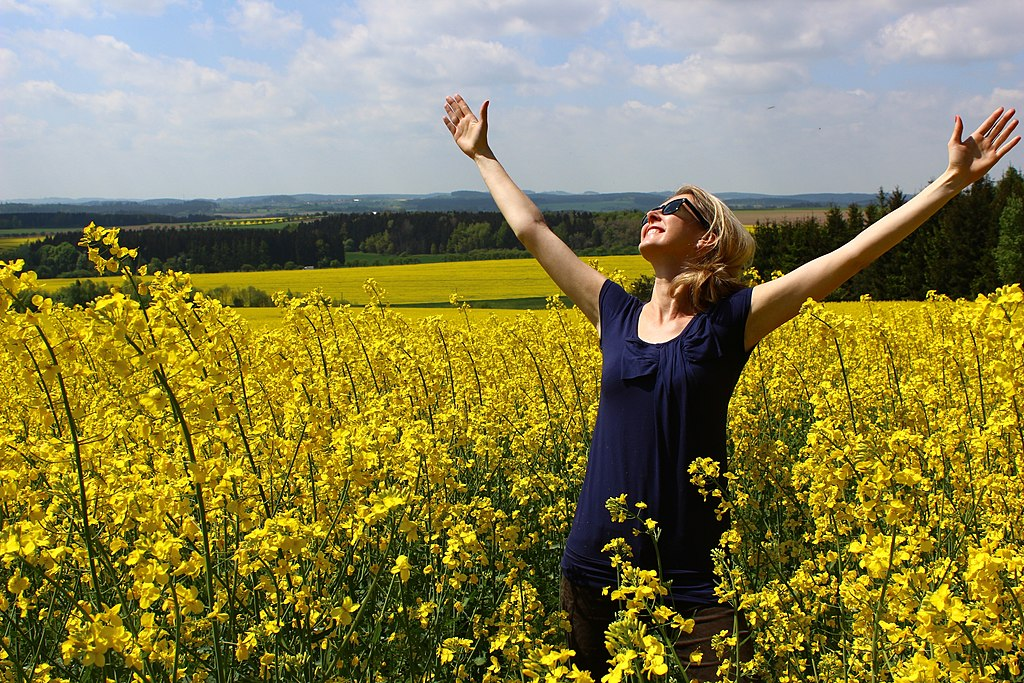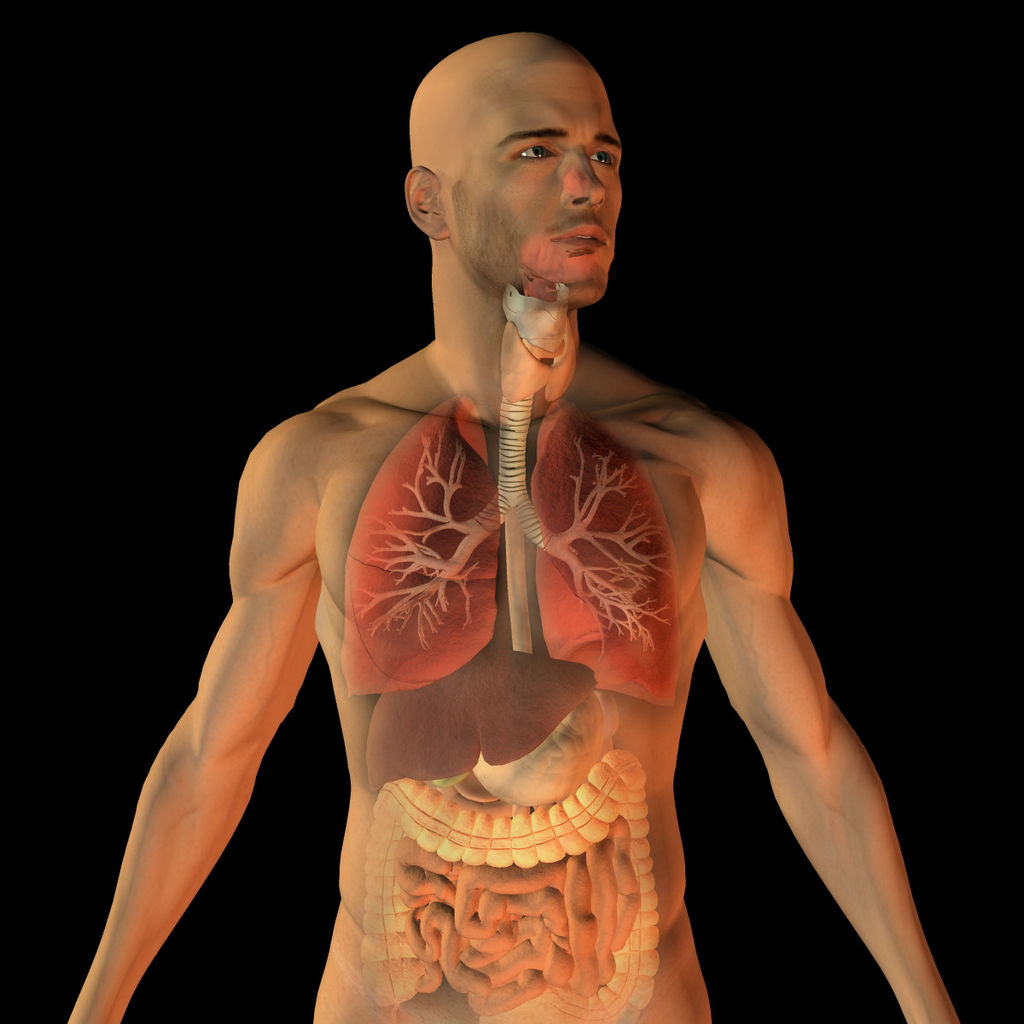
This article was written by an Aim & Conquer contributor. If you would like to contribute articles to the site, please feel free to initiate a discussion at [email protected] .
Most people are aware of the stress levels in their lives and know that reducing them is a step toward a much happier way of life, but they often have no idea how to make it happen. Many high-stress sufferers look at dozens of other fixes while overlooking one that is simple and effective: breathing.
Simple breathing techniques can lower your stress and anxiety immediately, and they are cost-effective. Breathing exercises for anxiety can have a positive impact on your lifestyle and can support your body to return to an underlying level of stability.
Deep Breathing Exercises to Reduce Anxiety
Deep breathing techniques and breathing exercises for anxiety can work to slow your thinking and give you a chance to focus on your body, which will positively affect your parasympathetic nervous system. It's not difficult to get started and, the more aware of your breathing that you are, the better you'll be at managing it effectively. As long as you can inhale slowly and exhale slowly, you'll be able to practice any breathing exercises, even if you suffer from severe anxiety disorders.
The key is to take the exercise seriously and to commit to carrying it out to the best of your ability. If you allow your mind run without proper awareness of it, it's unlikely that your stress and anxiety will improve. You can learn to properly inhale slowly and exhale slowly, and this can make a world of difference in your experience.
Belly Breathing
One of the most effective breathing exercises for anxiety is with us from the moment we're born, but slowly gets forgotten as we age and grow into stressed and anxious adults. That's the act of belly breathing, and it's how babies naturally breathe before they learn to pull in their guts and breathe into their chests instead. If you can bring back belly breathing with a breathing exercise, then you'll start to reduce your stress and anxiety simply by taking in oxygen the way you started when you were first born.
Deep breathing and other breathing exercises will teach your body to inhale down to your diaphragm and help with any anxiety disorders. It will reduce your blood pressure and improve your breathing pattern for as long as you stick with it. All you have to do is take deep breaths with your stomach and keep going until your lungs can't hold anymore to get a sense of how to do it properly.
Lion's Breath
The Lion's Breath method will not only help reduce your blood pressure but also give you some relief from chronic obstructive pulmonary disease and asthma. If you happen to suffer from either one, this will work to control your breathing and reduce your overall muscle tension. You'll be breathing more easily and you might find that you're relying on rescue inhalers less often than you were before.
For the Lion's Breath breathing techniques to work, all you have to do is sit in a comfortable position with your eyes fixed on a spot in front of you. You can lean forward and spread out your fingers as wide as you can while resting them on your knees or the floor. Then, inhale deeply through your nose, stick out your tongue, and exhale through your open mouth.
Diaphragmatic Breathing
When you start practicing diaphragmatic breathing, you're going to get benefits from your breathing techniques in addition to stress and anxiety relief. The exercises strengthen your diaphragm, decrease your oxygen demand, and make it easier to use less energy when you breathe. It's one of the most useful anxiety breathing exercises.
It's best to lie on your back with your knees up to carry out the belly breathing exercise, and you can use a pillow to make sure your legs are bent and comfortable. Place one hand under your rib cage and breathe in through your nostrils slowly so you feel your belly rise. Then slowly exhale completely until your belly is back in its natural position. Then, repeat.
Shallow Breathing Contributes to Anxiety
One of the most important things to keep in mind is that shallow breathing will contribute to anxiety problems. Shallow breathing could be a sign that you're suffering from anxiety. It's very common for people dealing with anxiety to take short breaths rather than the relaxing breath control they have the ability to exert over themselves.
If you can use a breathing exercise to reduce shallow breathing while you're practicing deep breathing, then you can directly affect the level of anxiety that you feel daily. Anytime you realize you're dealing with pursed lip breathing, you're also using shallow breathing to get your oxygen. Slow down and use a breathing exercise to stop it, and you'll feel your entire body relax at the same time.
The Humming Breath

Another great way to get your anxiety under control is to add yoga breathing to your techniques and your everyday life, whether or not you suffer from panic attacks or general stress. When you start using controlled breathing and naturally inhale through your nostrils and exhale through your mouth, all the air you take in properly will work to relieve stress and help any anxiety disorder.
You want to start by sitting or lying in a comfortable position and feel your stomach rise while you slowly breathe with your shoulders relaxed. You'll feel the relaxation response when you're breathing properly, then block your ears with your fingers. Gently hum when you exhale through your mouth, similar to a bee, and continue this for at least a full minute.
Benefits of Breathing Exercises
There are many benefits to a controlled breathing exercise. When you add a few additional minutes to your day, simply to breathe deeply and enjoy a calming focus, your mental health conditions will start to improve. If you feel yourself taking rapid breaths, then your stress response is going to be greater.
We all have what's called a sympathetic nervous system, and when you believe you're in some kind of danger, that system reacts accordingly to keep you on edge and away from something that can harm you. Taking control of your nervous system with the proper breathing technique is the best way to get rid of unwanted stress.
Pursed Lips Breathing
Pursed lip breathing is a way to gently breathe through your mouth to get greater control of your lungs and relieve anxiety when you're feeling the highest levels of stress throughout your body. It's also very good for people who suffer from trapped air and other ailments, including chronic obstructive pulmonary disease.
The best way to carry it out is to slowly inhale through your nostrils until your lungs are at maximum capacity and you can't take any more air into them. Then, using one long slow breath, push it all out through your pursed lips so it leaves your lungs slowly and deliberately. This is a technique that you can repeat over and over again until you're back to breathing normally and your stress levels have reduced significantly.
Alternate Nostril Breathing
Alternate nostril breathing is when you go back and forth between your right nostril and left nostril, using your middle fingers or ring finger to block each one off while you inhale and exhale. First, make sure that you're sitting in a comfortable position with your hands on your knees. Then take one hand and use your finger to block your right nostril.
Exhale completely until all of the air in your lungs is gone then let go of your right nostril and cover your left nostril instead. Inhale quietly with your eyes closed until your lungs are filled back up and at capacity. Then let go of your left nostril and repeat the breathing until you start to feel better. Alternate nostril breathing will make you slow down and you should carry out the exercise with your mouth closed the entire time.
Breathing Patterns
There are many breathing patterns, and the ones you choose should be well-suited to improve your mental health and work toward your anxiety relief. Four such types of breathing patterns are eupnea, diaphragmatic, costal, and hypernea. Eupnea is also called alternate nostril breathing. When you breathe in through your right or left nostril and go back and forth between the two of them until you feel your body start to relax.
Diaphragmatic breathing is also known as belly breathing and it's how we all breathe when we're first born, before we learn to cope with stress by denying our bodies the techniques they need. Costal breathing is also known as shallow breathing and requires the constriction of muscles in your body to carry it out. Finally, hyperpnea is forced breathing that will increase your stress levels and make it more difficult to get what you need from the oxygen you're taking into your lungs.
Resonance Breathing
Resonance breathing is a method of breathing very slowly and making sure that you're in total control of every movement that your body makes while you take in and exhale the air around you. It's used in yoga as well as other relaxation techniques that can maximize the impact you have on anxiety and stress throughout your body. It's another technique that's best utilized with your mouth closed.
To get the most out of your resonance breathing, you have to make sure that you're only breathing at a rate of five to seven breaths per minute and that's going to take some practice before you can do it without struggling. You can start with pursed-lip breathing to get a feel for how your body is going to react to this level of breath control. Once you do, you'll be better equipped to hold your breath for longer periods and take advantage of the oxygen you have in your lungs, rather than constantly taking more in.
Slow Breathing
The better you get at breathing slowly while your mind and body are relaxed, the lower your anxiety will be and the more you'll get out of your slow breathing techniques. Don't wait until the problems arise and you have to suffer from them in one way or another. Get ahead of your general mood and anxiety before you see the problems coming from them. Breathing is something we all do and it has a much bigger impact on your well-being than most people want to believe.
Get Started Now

You now have all the techniques you need to become a more relaxed person and get the most out of your days. If you succumb to the stress and anxiety that we all feel, you won't be operated at your greatest potential. Take the steps necessary to control your moods and you'll be starting at a great starting point.
If you're already struggling with stress and anxiety then you should know that you're certainly not alone and most of the population is dealing with the same issues as you. The difference is that you're taking the initiative to control your mood and reduce your stress levels through breathing. It's the next step toward creating the best you that there can be.
Are you interested in learning more about ways to manage the stress you and your team experience at work? Click below to sign up for Aim & Conquer's newsletter and to receive a free reflection on "healing in-tensions" that can support efforts to reduce stress.


